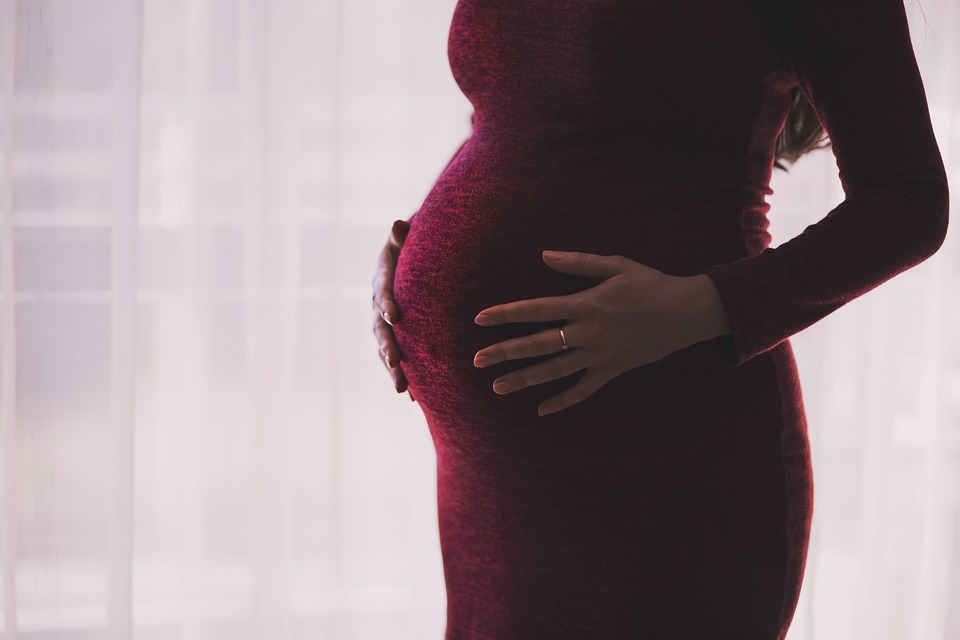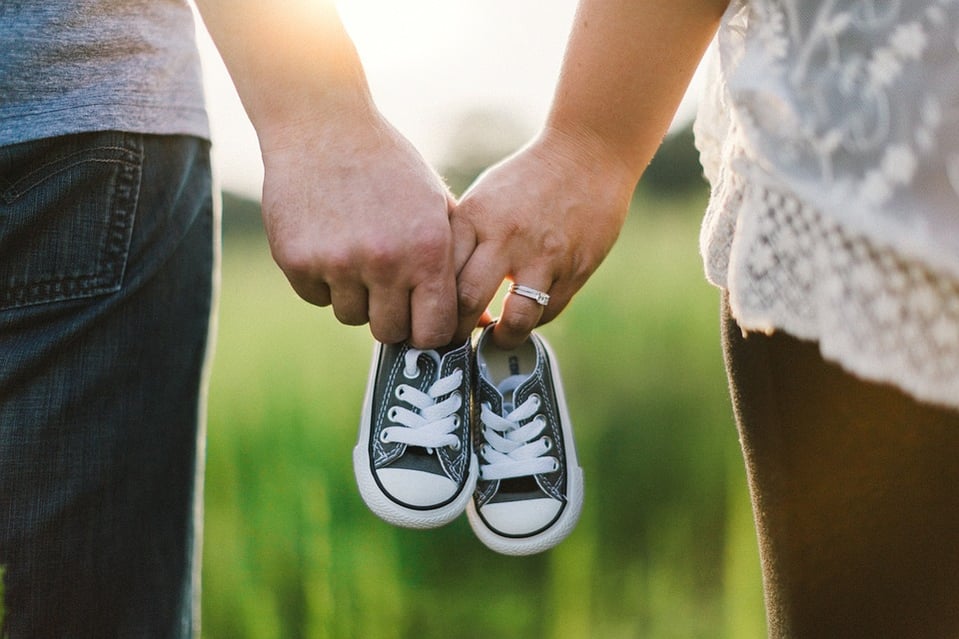
- Parenting is when a birth mother and/or a birth father decides to exercise her/his/their parental rights to raise the child. If the birth father is not married to the birth mother, he can ask the birth mother to include him in parenting the child or get a ruling from the Courts to provide him his parental rights.
- Adoption is when a birth mother (and birth father if involved) surrender or voluntarily give up their parental rights to the child and the child is legally placed into an adoptive home and the adoptive parents are granted the rights to parent the child.
Birth parent(s) who wish to make an adoption plan for her/their child will be guided by an adoption agency through planning steps.
- Step One: Choose and consult with a qualified adoption agency like Family Connections, Inc. The agency will assist the birth family with the design and implementation of an adoption plan for their child.
- Step Two: Choose and consult with an adoption lawyer who will explain the birth parent’s legal rights and the legal process of adoption. An adoption agency should refer the birth parents to a lawyer who specializes in adoption.
- Step Three: Create a preliminary adoption plan with the adoption agency. The plan may include, but is not limited to, the level of openness, type of adoptive family, need for resources, and wishes for counseling services. This preliminary plan can and will change over time as the birth parent gets to know the adoptive family as they wait for the baby to be born.
- Step Four: Consider adoptive parents. The birth parent(s) will be given the profiles of the adoptive families that match their choices regarding the type of family they want to consider for their child. The birth parent(s) may chose a family from these profiles or she/they may wish to meet with two or three of the families over lunch to get to know them better before making her/their decision. The birth parent(s) will then decide which adoptive family she/they wish to make an adoption plan with.
- Step Five: Change the adoption plan and build a relationship with the chosen adoptive family (if the birth parent wants an open adoption). The adoption agency will support the birth family as she/they continue in the pregnancy and adoption planning. If the birth family chooses to build a relationship with the adoptive family prior to the child’s birth, the agency will help them work out additional visits with the adoptive family. If the birth parent(s) wish to have post adoption contact with the child and adoptive family, the adoption agency will help the birth family and adoptive family develop a post-adoption contact plan (e.g. sharing of pictures/letters regarding the child’s growth and/or visitation between the birth family and adoptive family) and draft a Post Adoption Contact Agreement with their lawyer.
- Step Six: Design a hospital plan with the birth mother. The adoption agency will give options to the birth mother so she can make decisions regarding her wishes for the delivery and care for her baby at the hospital. For example, the birth mother can decide who she wishes to have at the hospital. She can choose how and by whom the baby will be cared for while at the hospital. The hospital plan can be changed by the birth mother at any time, including during the hospital stay.
- Step Seven: Make the decision about adoption; to surrender custody of the baby and place the baby into the adoptive family of the birth parent’s choice. Up until the child’s birth, the birth parent’s adoption plan is just that - a plan. Once the baby is born, the birth parent will decide whether or not to surrender the custody of the child to the adoption agency for placement with the adoptive family.
- Step Eight: If the birth parent(s) decide to place the baby in an adoptive home, they will meet with their lawyer to review and sign the required legal documents for the surrender of custody of the child. The birth mother and birth father (if involved) will sign the surrender instrument and supporting documents granting custody of the child to the adoption agency. The adoption agency will then legally place the child into the adoptive family that the birth family chose for the child. If the birth family wishes for post-adoption contact, her/their lawyer will also have her/them and the adoptive parents review and then sign the Post Adoption Contact Agreement.
- Step Nine: After the birth parent(s) surrender custody of the child and the child is placed into the adoptive family, the adoption agency will provide needed support to the birth family and adoptive family in the short and long term (life-long services). These supports many include but are not limited to: therapeutic counseling for the birth parent(s), supervision of the adoptive family’s progress by a social worker, guidance for the birth parent and adoptive parents regarding their post-adoption contact, etc.
- Step Ten: Participate in the post adoption relationship with the adoptive family as chosen by the birth parent(s) The Post Adoption Contact Agreement will guarantee minimum contact requirements. Many birth family and adoptive family relationships change over time but the minimum contract requirements are enforceable by the agency and the Courts.
An adoption agency will ensure that supportive counseling is available throughout the adoption planning process, the surrender and placement of the child, and post-adoption for the birth mother, birth father, and birth parent’s extended family.
Ten steps in adoption planning may seem overwhelming. However, know that with the assistance of a qualified adoption agency, a birth mother and birth father (if involved) will be guided through the process over months or over only a few hours depending upon the circumstances of the birth family and the birth of the child.
Family Connections, Inc. has been supporting birth parents for over twenty years. The agency provides services for birth parents throughout New York State including in Syracuse, Binghamton, Albany, Rochester, Elmira, Corning, Waterntown, New York City and all towns in between. Anita and Renee at Family Connections, Inc. would be honored to help you! Please know all services are free and everything is confidential. Please contact Anita or Dan at 607-756-6574 or 1-800-535-5556 or anita@adoptfamilyconnections.org to learn more about your options.



Let Us Know What You Thought about this Post.
Put your Comment Below.